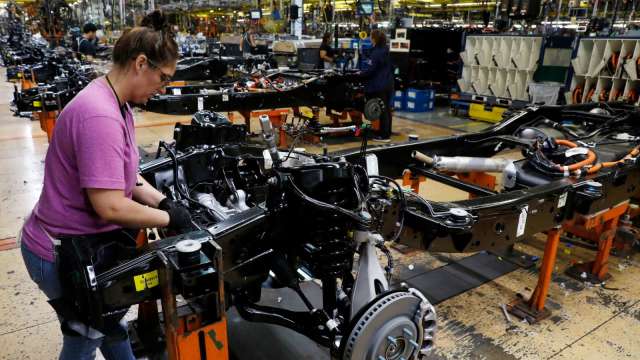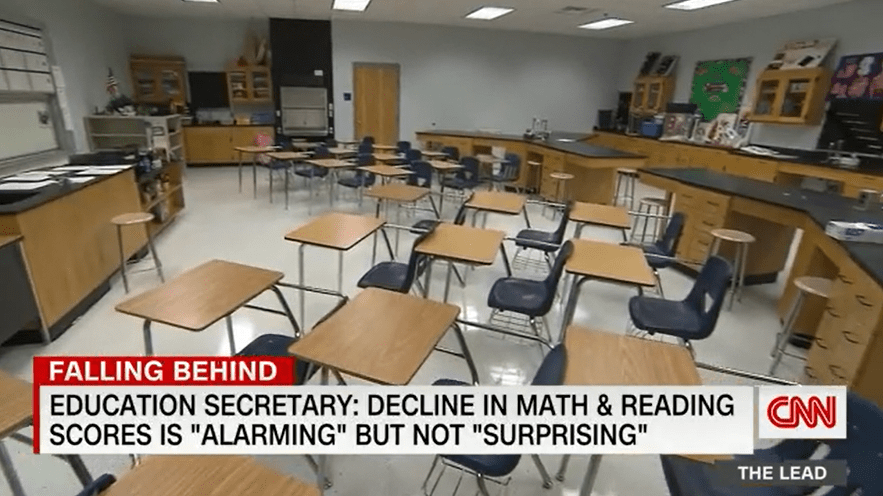S&P Global’s preliminary survey of the Purchasing Managers’ Index (PMI) released on Monday (24) showed that trading activities in the US weakened due to high inflation and rising interest rates. The October global and services PMI was the fourth consecutive month. including the manufacturing PMI fell below the prosperity and decline line for the first time in two years, and a sign of economic recession emerged.
US October Markit PMI report:
- The starting value of the manufacturing PMI was 49.9, lower than market expectations of 51.1 and the previous value was 52.0
- The initial value of the Services PMI was brought back to 46.6, lower than market expectations of 49.2, and the previous value was 49.3
- The initial value of the composite PMI was reported at 47.3, lower than market expectations of 49.3, and the previous value was 49.5
The services PMI fell to 46.6 in October, the second worst since May 2020, which the report showed companies attribute to weak customer demand, rising interest rates and stubborn inflation, while the Manufacturing PMI fell to 49.9 in October. June 2020, fell below the prosperity and decline line.
The composite PMI fell to its lowest level from September 2020 to October due to deteriorating sentiment in both manufacturing and service providers. The index uses 50 as the prosperity and decline line.
Looking at the details of the data, new business generally declined due to weak demand: the new orders index in October returned to a contraction range after a slight expansion in September and the decline in customer demand is been the largest since May 2020.
The composite business input price index rose slightly from 67.3 to 67.8 in October, recovering from a new low since 2021, while the fee price index fell to a new low since December 2020, although both indicators remained high.
On the labor market, the report notes that service providers cut headcount in October amid weak demand, including layoffs and reluctant worker replacements.
Chris Williamson, chief economist at S&P Global, said polls showed an increased risk of the economy contracting in the fourth quarter, while inflationary pressures remained high. There are clear signs, however, that weaker demand is helping to moderate headline inflation.


